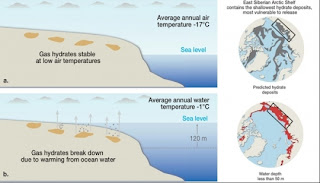Russia's recent poor launch record has continued with yet another Soyuz rocket failure.
This time, a Soyuz-2 vehicle failed to put a communications satellite into orbit after lifting away from the country's Plesetsk spaceport.
Debris is said to have re-entered the Earth's atmosphere and crashed to the ground.
In August, a Soyuz failure on a mission to resupply the space station led to a six-week suspension of flights.
Friday's rocket was carrying a Meridian-5 satellite, designed to provide communication between ships, planes and coastal stations on the ground, according to RIA Novosti.
t was a Soyuz-2.1b, the most modern version of the rocket that has been in service in various forms since the 1960s.
The failure is said to have occurred seven minutes into the flight. Sources being quoted by the Russian media talk of an anomaly in the rocket's third stage.
"The satellite failed to go into its orbit. A state commission will investigate the causes of the accident," the spokesman of Russia's space forces, Alexei Zolotukhin, was quoted as saying by the Interfax news agency.
August's botched launch involved a Soyuz-U. An inquiry into that incident eventually traced the problem to a blocked fuel line, again in the third stage of the vehicle.
But the U and 2.1b Soyuz variants use different engines in this segment of the rocket, so no immediate parallels between the two incidents can be drawn.
Friday's failure now puts a major question mark against the next Soyuz launch, scheduled for 28 December from the Baikonur Cosmodrome. This flight is intended to put in orbit six satellites for the Globalstar satellite phone company.
..........................................................................................................................................................
..........................................................................................................................................................And it will raise concern again among the partners on the International Space Station (ISS) that there may be systemic problems in the Russian launch sector.
Following the retirement of the American space shuttle in July, the Soyuz rocket is the only means of getting astronauts and cosmonauts to the ISS. August's failure saw manned flights stand down even longer than the six weeks for unmanned Soyuz rockets, and the hiatus put a severe strain on the operation of the space station.
Russia has experienced a number of launch mishaps in the past 13 months.
On 18 August, the week before the loss of the space station mission, a Proton vehicle failed to put a communications satellite in its proper orbit.
Back on 1 February, a Rokot launch also underperformed with a similar outcome.
And on 5 December last year, a Proton carrying three navigation spacecraft fell into the Pacific Ocean. This particular failure is widely believed to have contributed to the decision of the Russian government to replace the then space agency chief, Anatoly Perminov.
Vladimir Popovkin took over as the head of Roscosmos in April.
The rocket failures come on top of the loss of Phobos-Grunt, Russia's most ambitious planetary mission in decades. It became stuck in Earth orbit after its launch in November and will probably fall back to Earth next month.
Environment Clean Generations



















